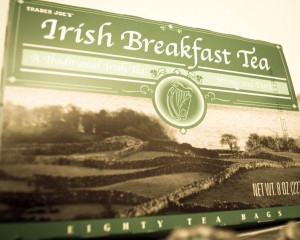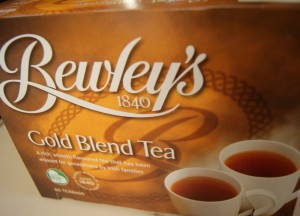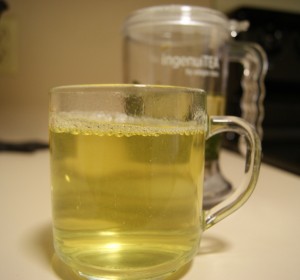
Switching careers midway through life or well into an established first career can be a difficult but worthwhile journey. Just over four years ago, I decided to switch professions at 38 years old, after 12 years’ worth of toil in another line of work, and during the worst economic climate I hope to ever know. Not very far into my new career, my first child was born.
Despite imperfect personal and financial conditions, I felt I had no choice but to try something new and interesting. Call it career fatigue or a midlife crisis, it was time to switch gears.
The following are obstacles I have either faced or currently confront as I progress in my new profession:
Money
Expect to make less of it and plan appropriately. My wife and I had to drastically cut back on our discretionary spending after I left my well-paying IT job. I’m sure this is one of the biggest reasons people decide against changing careers.
Save as much money as you can before leaving your current job, then prepare to live on less for a while.
Decisions
So what exactly do you want to do with your life? I’m still not sure the answer to that question, but I feel like I’m on the right track. When the opportunity to change directions presented itself, I had a few interests I wanted to pursue: writing, internet marketing, and web design.
I wrote pieces for internet content sites. I took a low-paying contract gig managing pay-per-click campaigns. I designed a website for a friend. I took an editing class. I worked as a copywriter for a web design agency. I started an internet marketing business. Now I work full-time for a large hospitality company.
Explore your interests and see where they lead you.
Finding Work
This is tough. A polished resume (hire a professional if necessary) that makes your past skills relevant to a new industry is important. One thing that worked for me was accepting low-paying jobs and/or free assignments to help build my credentials.
Check out some local Meetup groups related to your new line of work and consider joining professional associations. This way, you can learn new things and network at the same time.
Learning and Acceptance
It takes several years to become good at something. You may suck at first, but eventually you’ll gain competence and confidence.
Accept that you are a neophyte, try not to get too flustered when you make mistakes, and ask lots of questions. Enjoy the learning process.
Change of Status
I don’t command the salary or respect I used to. I went straight from being a Cisco network administrator, responsible for the communication equipment of an entire toll road system, to a web content writer. I now work for a large hotel chain as a content editor and copywriter, and nobody there gives a crap about my past … and why should they?
Don’t let your change in rank get you frustrated. If you’re learning new things, having fun in your new profession, and making money, then you’re doing fine. You may miss certain things about your last career, but keep in mind the reasons that made you leave it behind in the first place.





